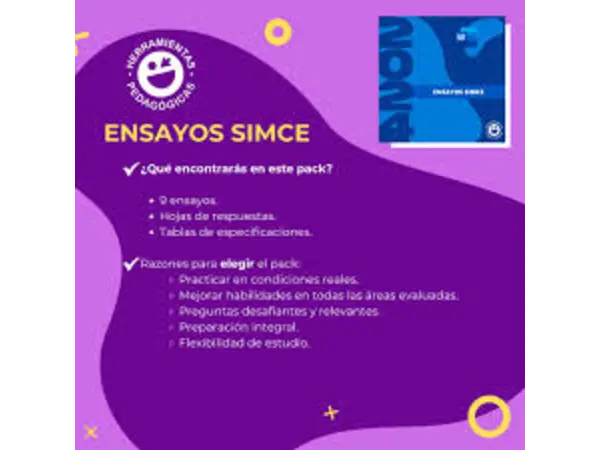.jpg)
pack recopilatorio de simce todos los cursos
Price: 30


.jpg)
pack recopilatorio de simce todos los cursos
Price: 30
.jpg)
Recopilación de esnayos simce
Price: 20
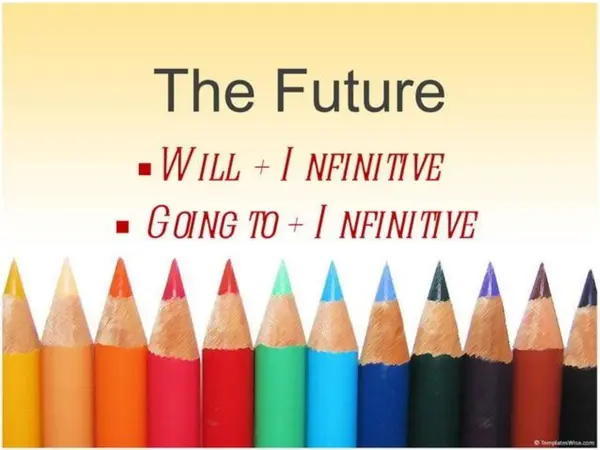
Will or Going to
Price: Free!
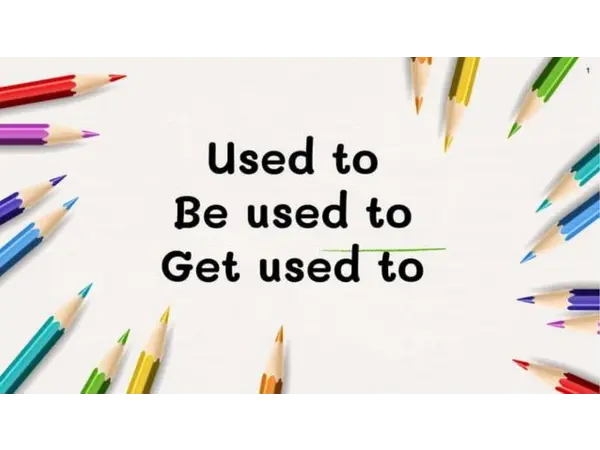
used to, be used to and get used to
Price: 5
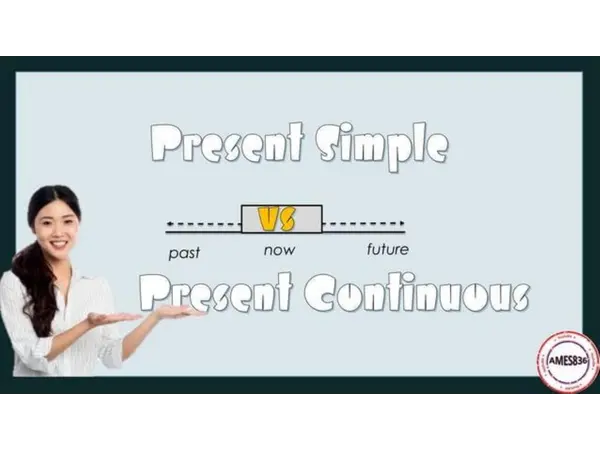
Present Simple vs Present Continuous
Price: Free!
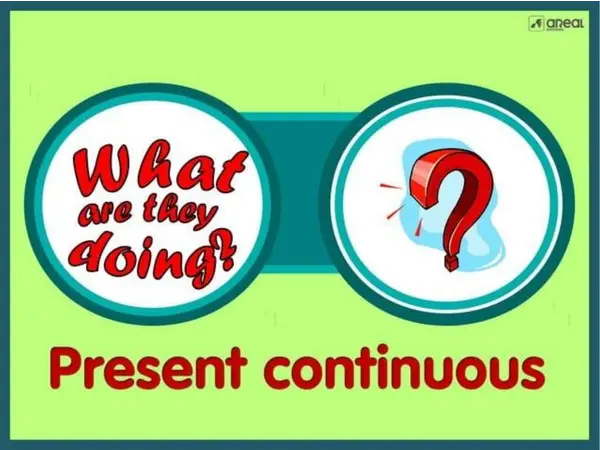
Present continuous tense
Price: 5
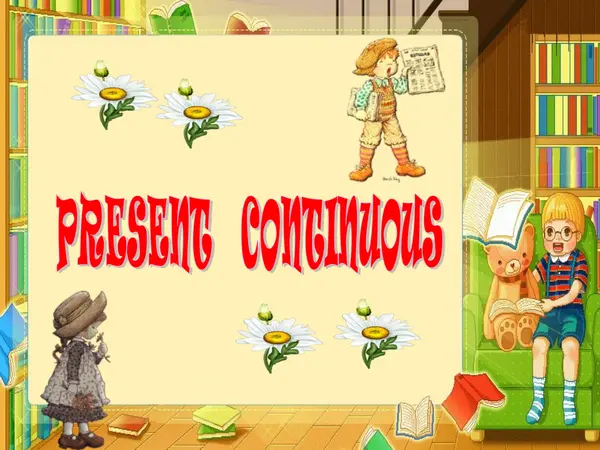
Present Continuous PowerPoint Presentation
Price: Free!
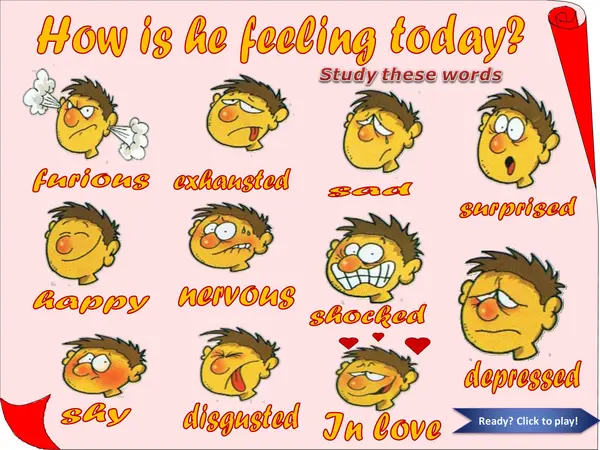
Feelings and Emotions
Price: Free!
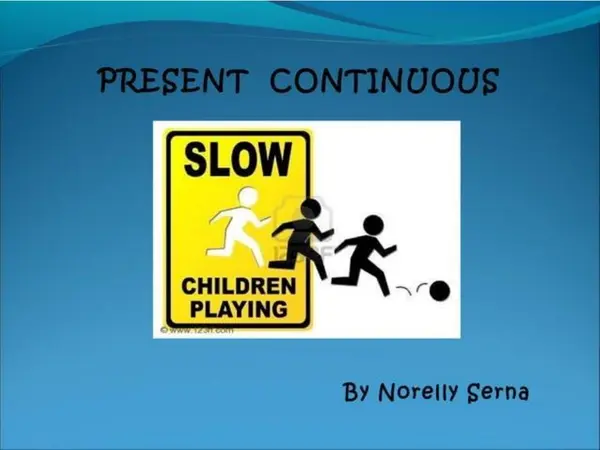
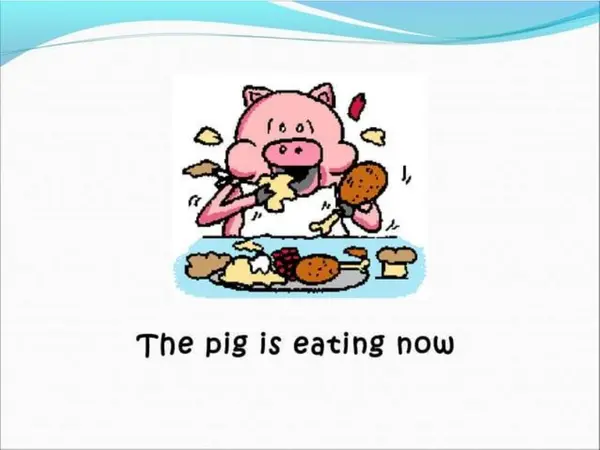
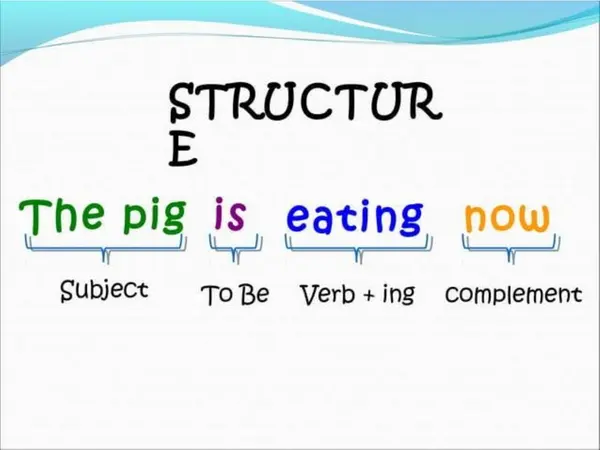
| Resource type | Lesson |
| Recommended age | 4 - 18 years |
| File information | Private link to docs.google.com |

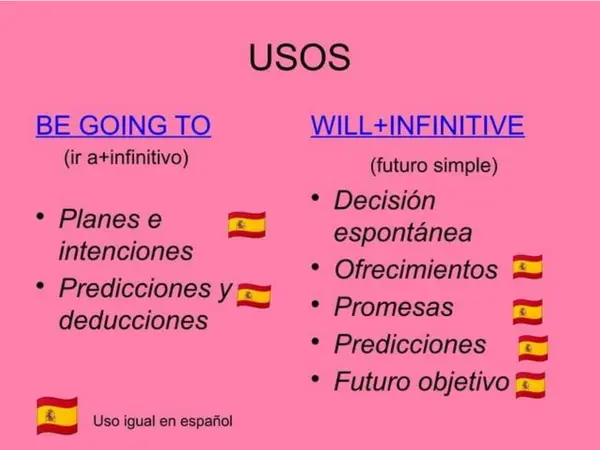
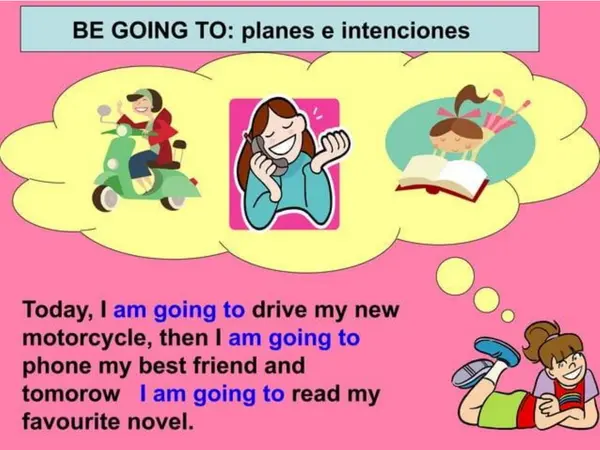
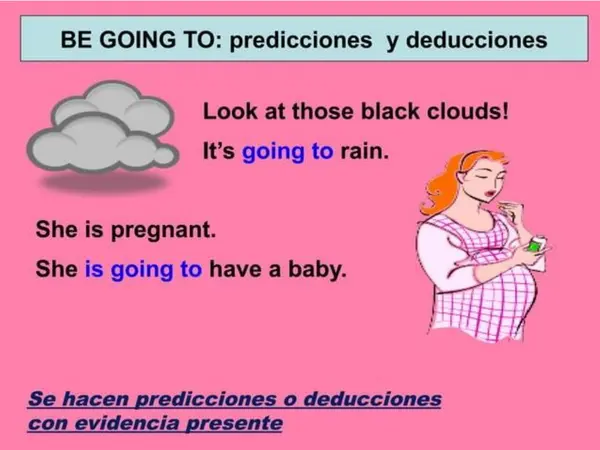
| Resource type | Lesson |
| Recommended age | 4 - 18 years |
| File information | Private link to docs.google.com |
There are no comments yet, write one yourself!
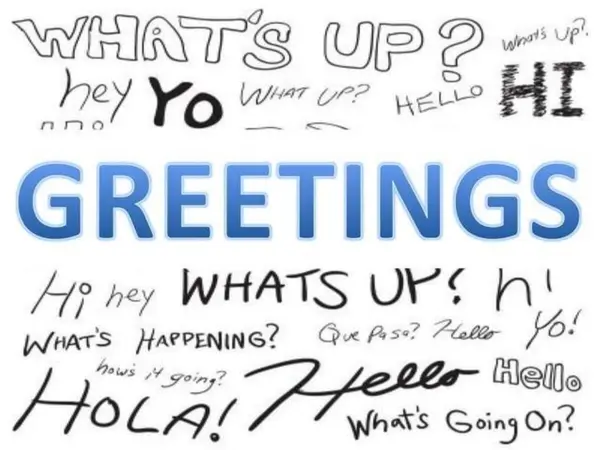
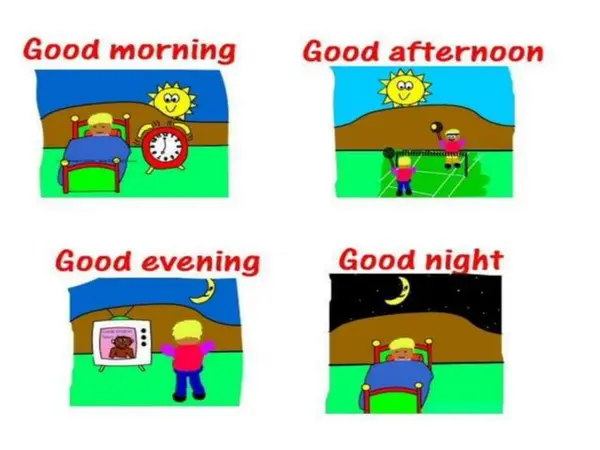
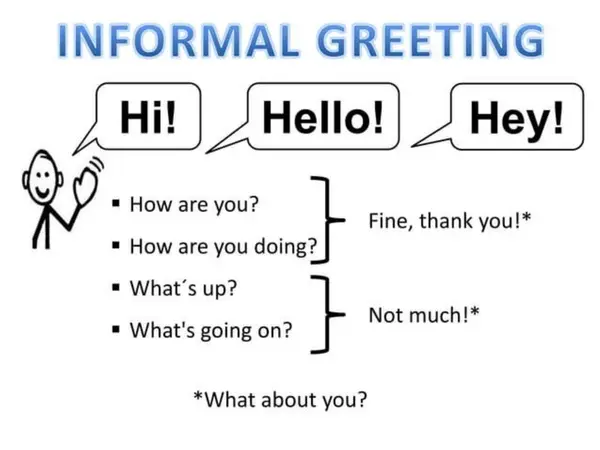
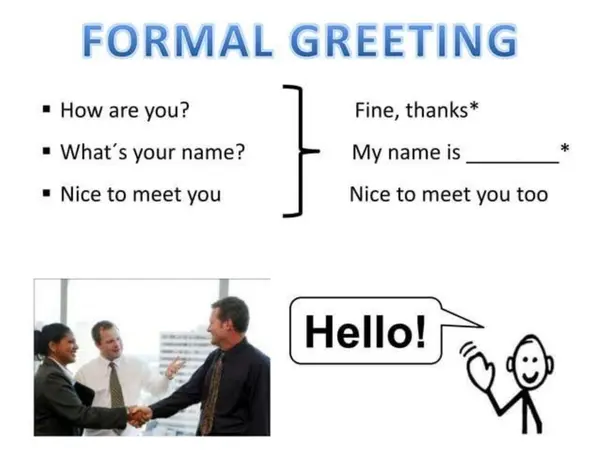
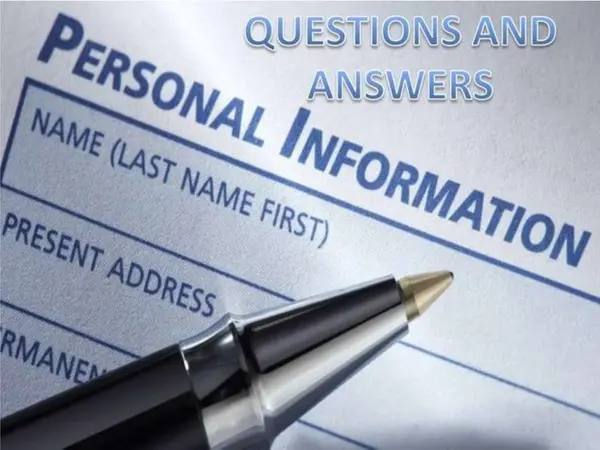
| Resource type | Lesson |
| Recommended age | 4 - 18 years |
| File information | Private link to docs.google.com |
There are no comments yet, write one yourself!
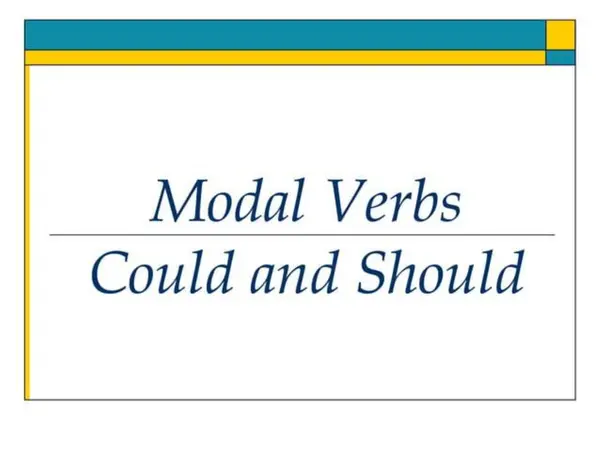
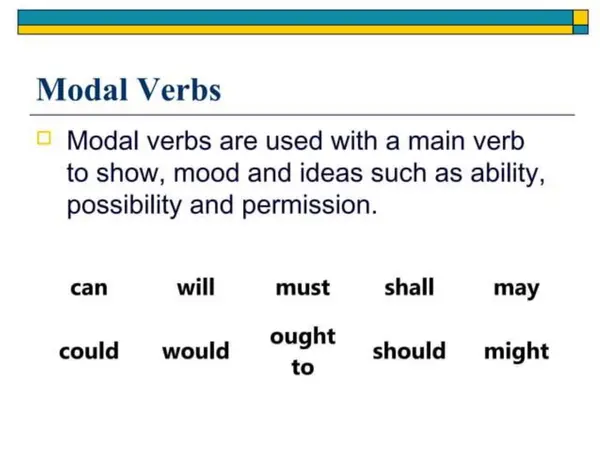
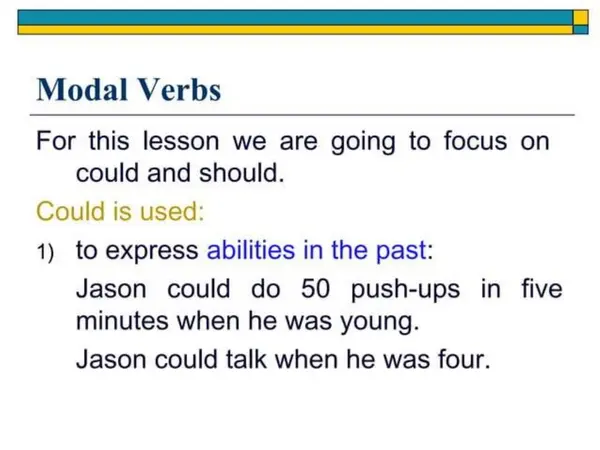
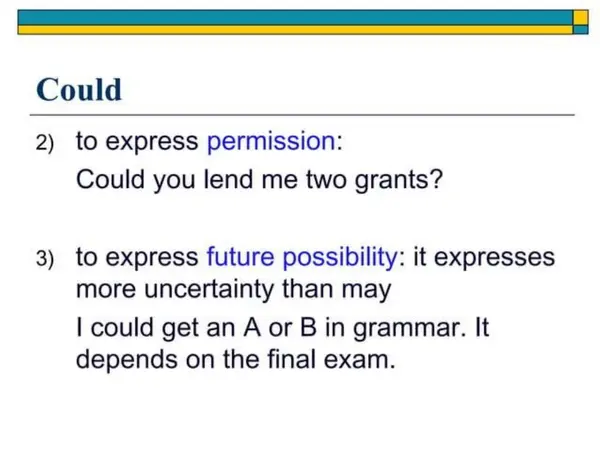
| Resource type | Lesson |
| Recommended age | 12 - 18 years |
| File information | Private link to docs.google.com |
There are no comments yet, write one yourself!

| Resource type | Worksheet |
| Recommended age | 4 - 18 years |
| File information | Private link to drive.google.com |
There are no comments yet, write one yourself!
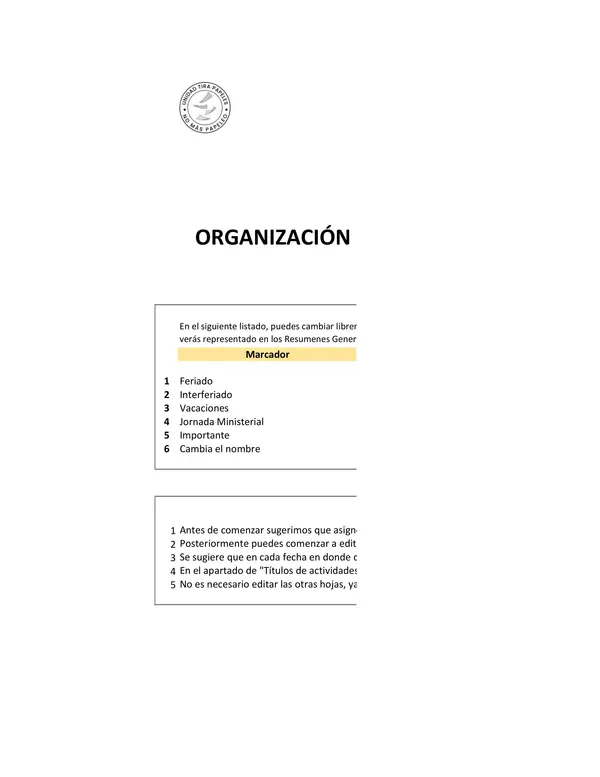
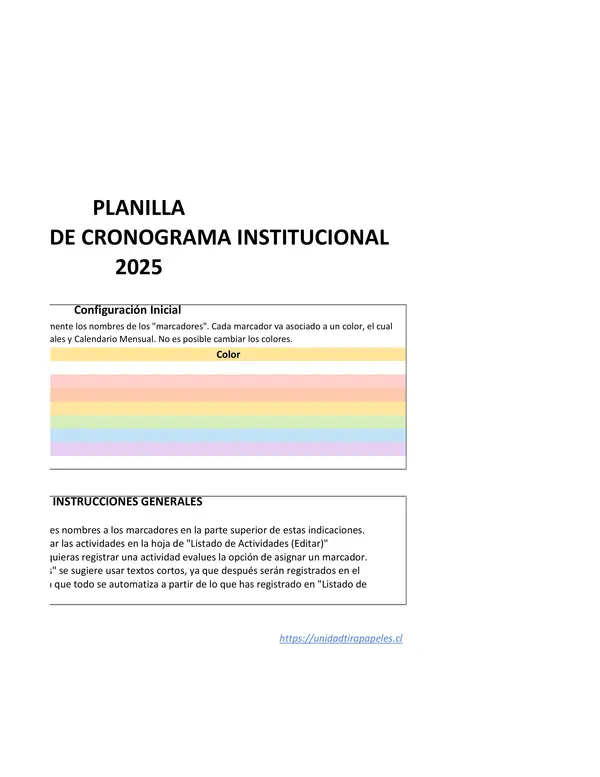
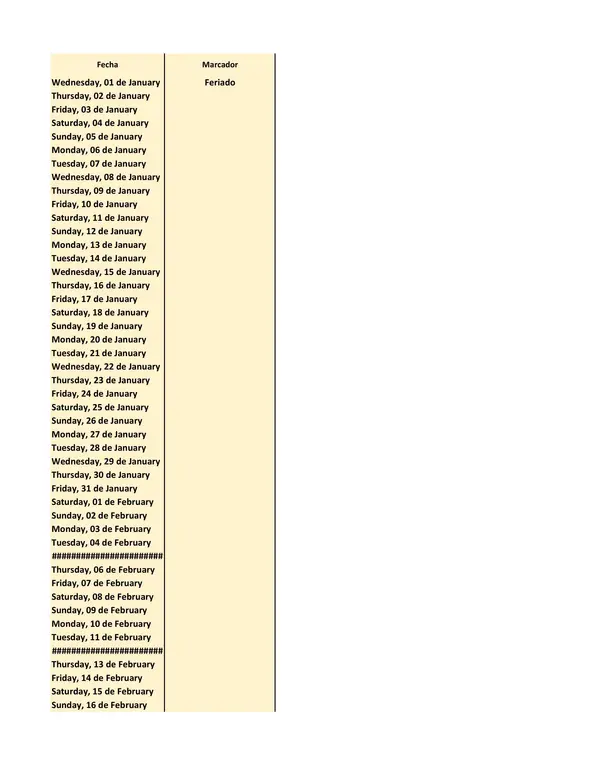
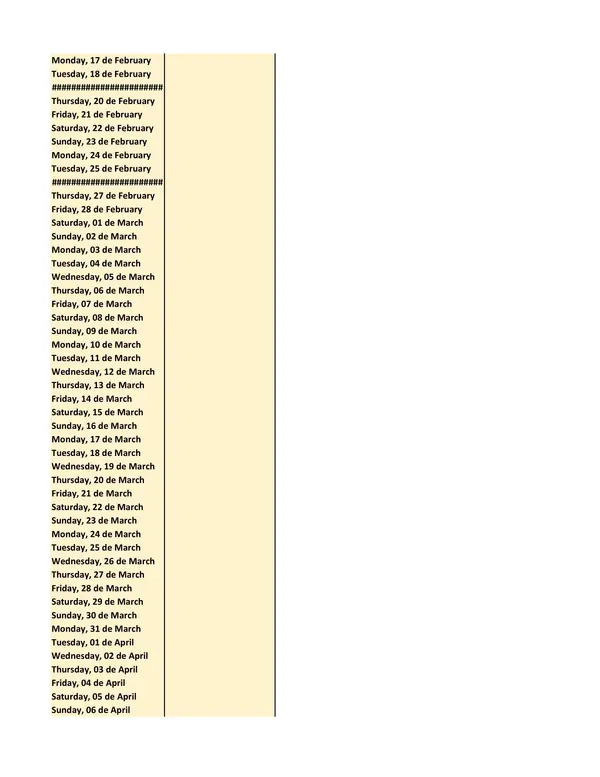
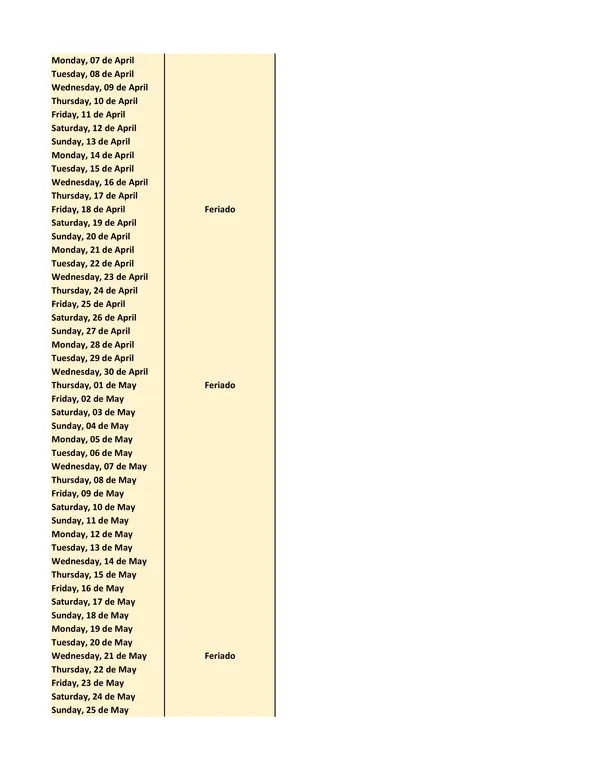
| Resource type | Teacher training |
| Recommended age | 4 - 18 years |
| File information | Private link to docs.google.com |
There are no comments yet, write one yourself!
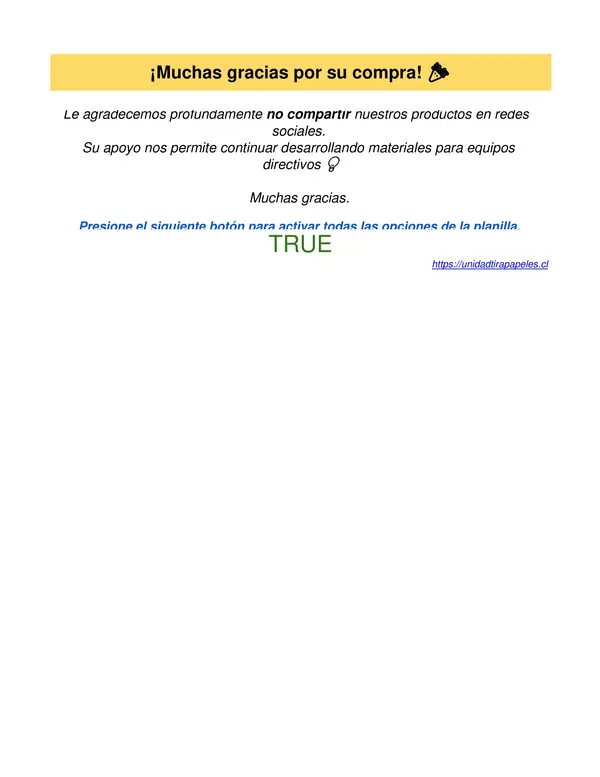
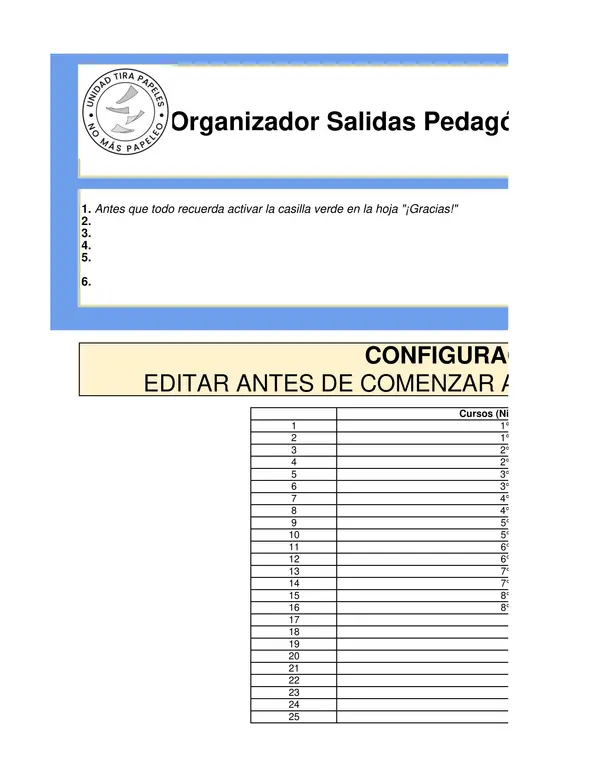
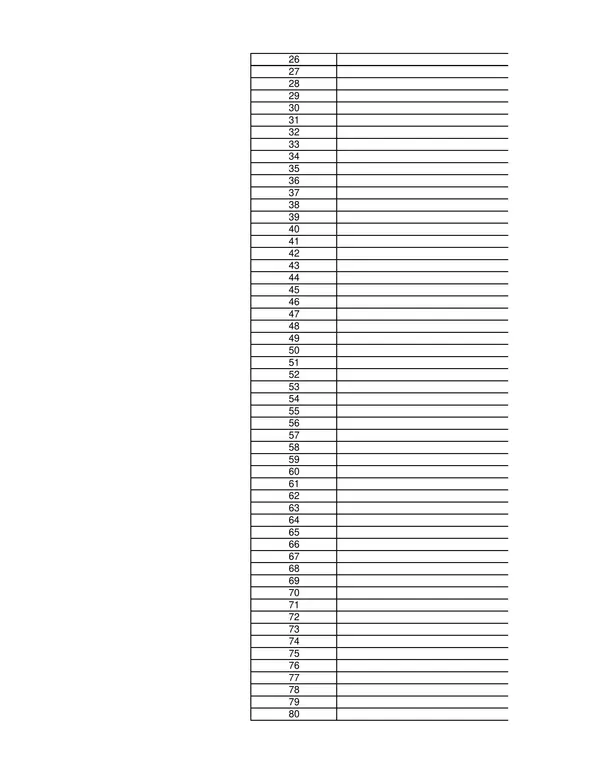
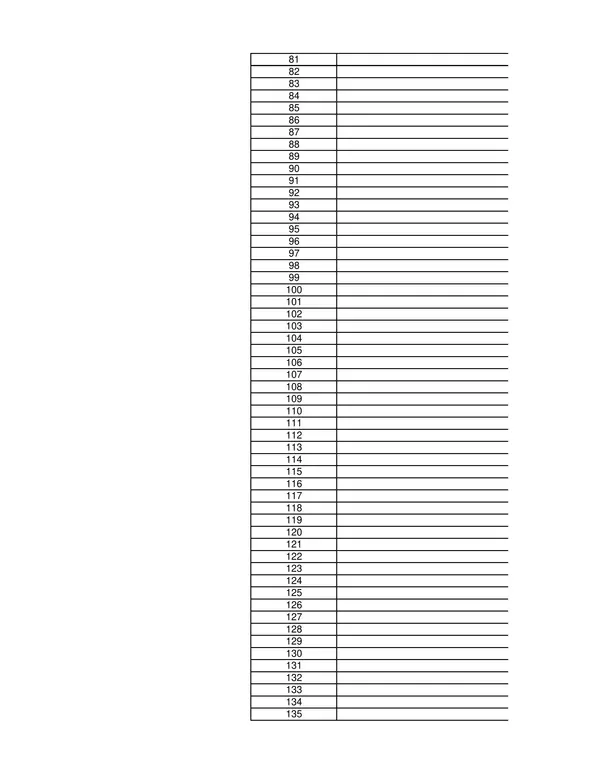
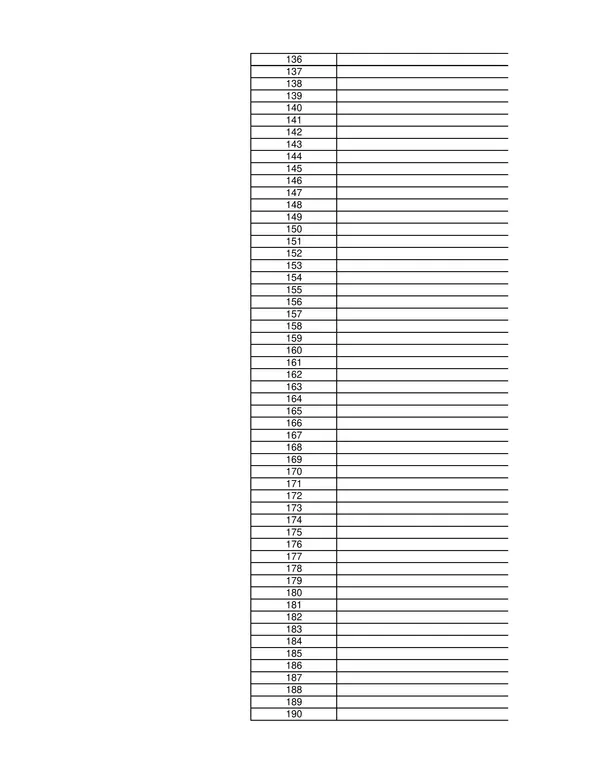
| Resource type | Teacher training |
| Recommended age | 4 - 18 years |
| File information | Private link to docs.google.com |
There are no comments yet, write one yourself!
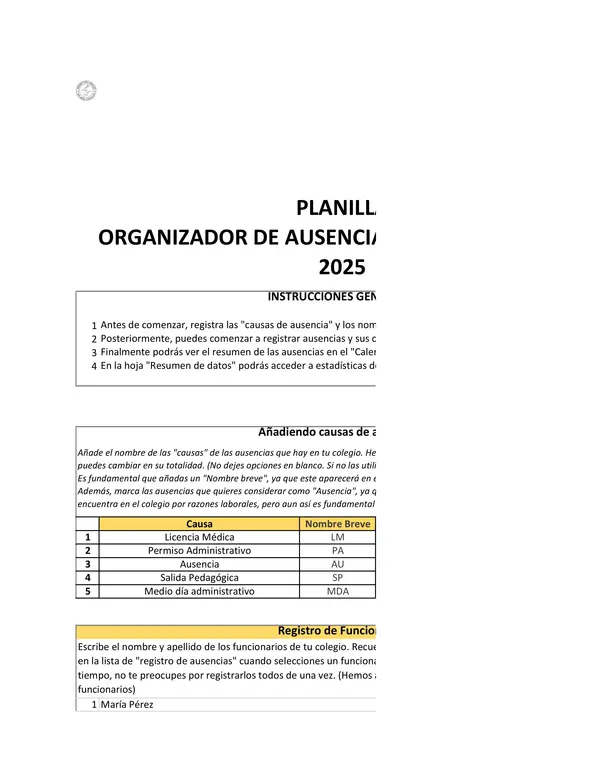


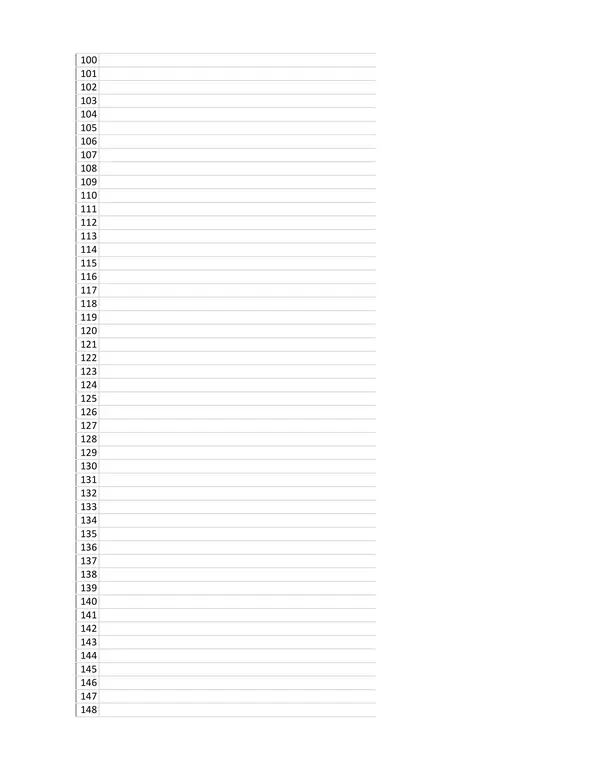
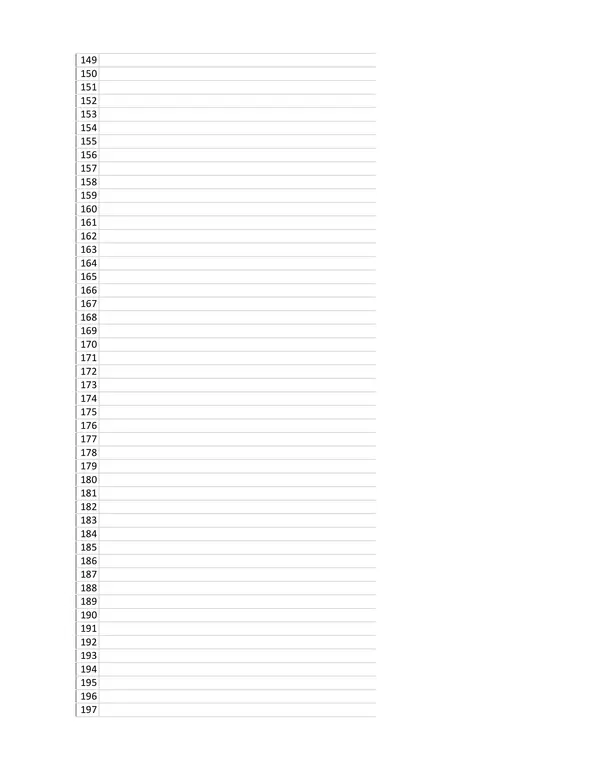
| Resource type | Teacher training |
| Recommended age | 4 - 18 years |
| File information | Private link to docs.google.com |
There are no comments yet, write one yourself!
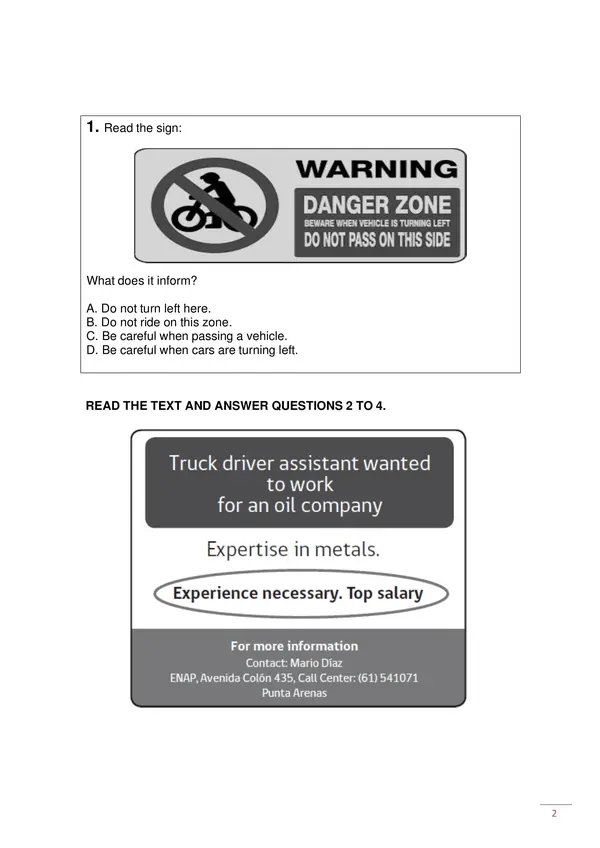
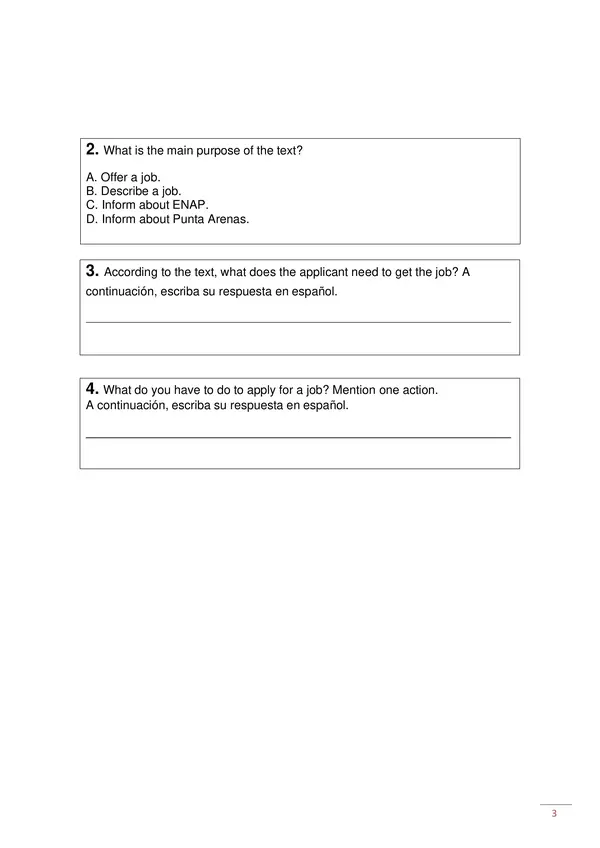
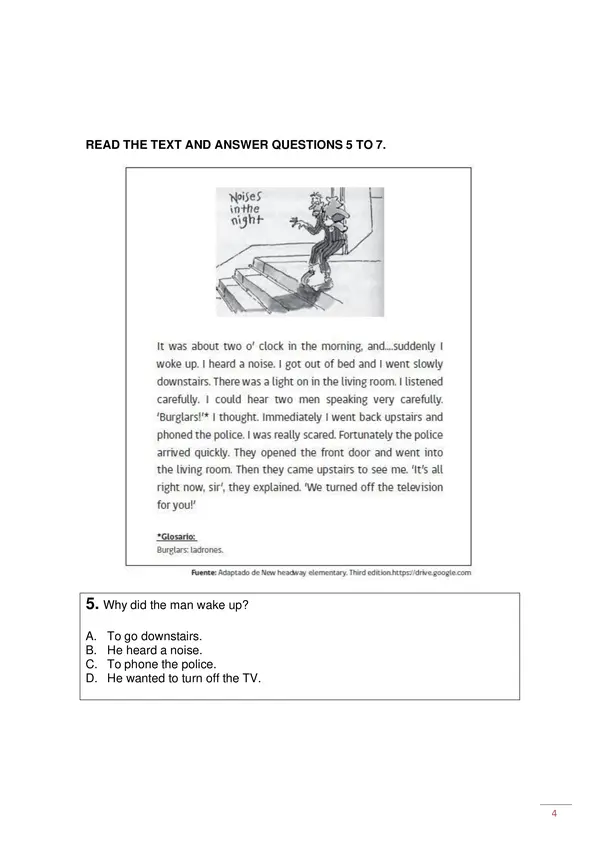
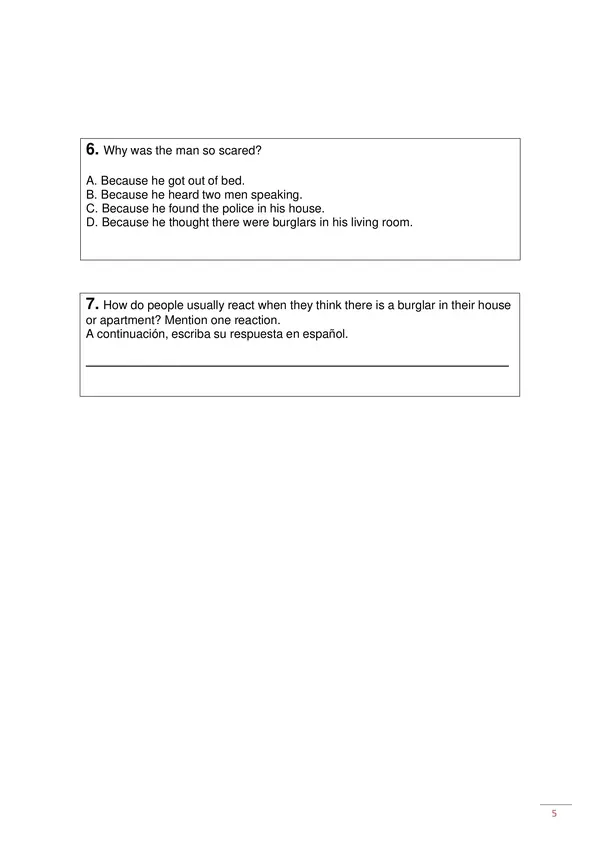
| Resource type | Worksheet |
| Recommended age | 10 - 18 years |
| File information | Private link to docs.google.com |
There are no comments yet, write one yourself!
.jpg)
| Downloads count | 1 |
| Resource type | Activity |
| Recommended age | 6 - 18 years |
| File information | Private link to drive.google.com |
| Comments count | 1 |
Daniel, muy buen recurso, ¿No podrías subir 1 enteramente sobre la materia de Inglés? Gracias!!Te indico cuales serían los temas a subir..
There are no comments yet, write one yourself!